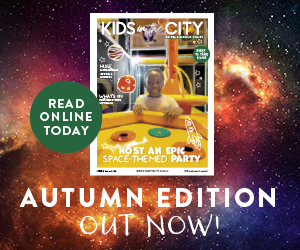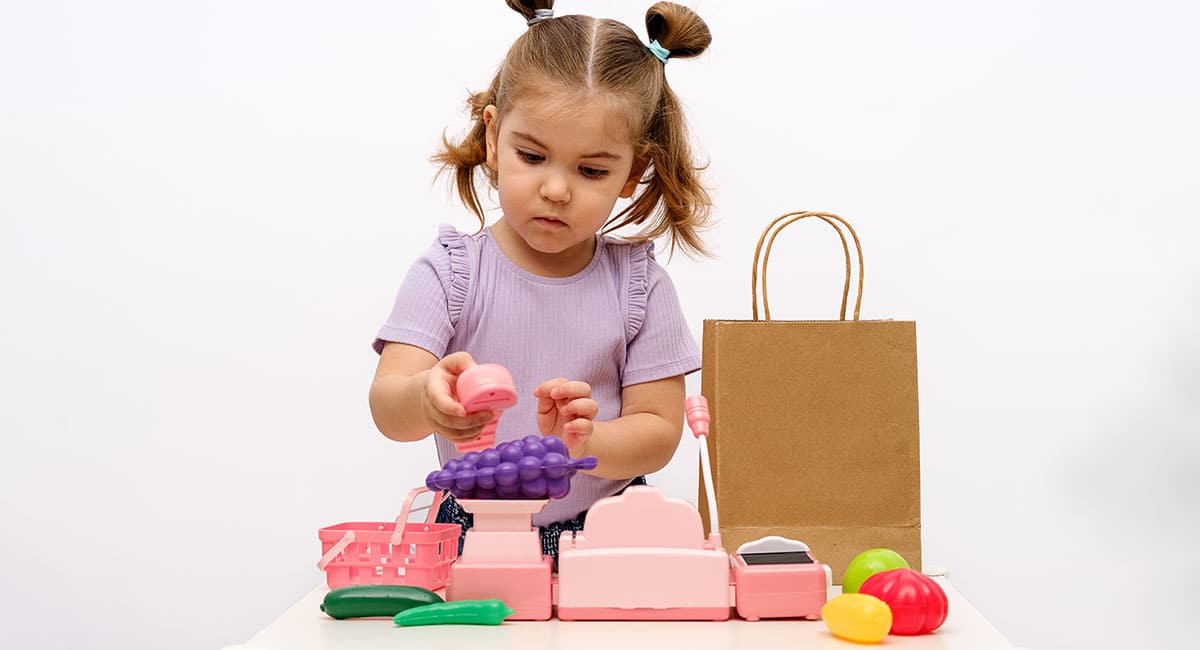You have had enough. The repetitive tantrums, whingeing, whining or wailing accompanied by sounds of grumbling, griping or groaning have tipped your tipping point far too many times. You have implored, beseeched, exploded, threatened and bribed and yet your child’s pattern of communication resurfaces again and again.
It’s irritating, annoying, exhausting. You have even started to whinge, whine and wail in response!
If you are feeling overwhelmed, so is your child. Yet, this is the very time your child needs your loving connection. Whingeing, whining, wailing or tantrums is their cry for help.
The Whinge: “She got more than me”; “It’s not fair”.
The Whine: Drawn out sing-song tones underpin statements like “I can’t do this”, “I don’t want to”, “I don’t like this”, “I want to come too”.
The Wail: Loud crying sounds followed by: “He hurt me!” “She’s in my room again!” followed by continued crying (and I mean continued crying).
Why do children have tantrums?
Tantrums occur as a result of an emotional build up at stressful times.
Think about when the whingeing started and what was happening in your life or your child’s life at the time — maybe you started back at work, a new baby came along, you moved house, or your child started a new school. It is likely there were many stressors happening in family life and competing demands on you that led to an emotional build up for your child.
Loving focussed connection is what your child needs.
Tantrums get your child’s needs met
Whingeing, whining and wailing are solutions your child has discovered to get their needs met. Children repeat behaviours because they have worked.
You might describe these solutions as irritating and that your child is misbehaving. If you reflect on what happens when your child has used these solutions it is likely that they have worked in getting what they need whether it be your attention, being heard, help with a task, or more sweets.
Your child can feel overwhelmed if their basic needs are not met. To quickly assess and help them get their needs met in a better way think of the acronym HALT.
What is HALT?
If your child is having a tantrum, one of the most effective responses is the acronym HALT.
Hungry: Does my child need food or drink?
Angry: Does my child need to release pent up feelings both emotionally and physically? Try running around, laughter, dancing, or nature play.
Lonely: Is my child lonely? Do they have a need for connection time with you or others?
Tired: Is there a need for down time? Try resting, alone time, books, quietness.
Children are always behaving to get their needs met, affirms award winning psychologist Dr Thomas Gordon. When you change the way you view your child’s behaviour you can be solution focused rather than be stuck thinking of your child as a problem.
You can help your child use alternative solutions that are effective assertive communication skills to get their needs met, like using I-messages. You can teach your child by role play practise or using toys or puppets. You could say to your child, “Next time if you find it frustrating putting on your shoes you can say to me, ‘It’s really frustrating getting my shoes on’, or if you need my attention you could say, ‘I need your attention Daddy’.”
Parent Effectiveness Training courses teach these skills.
Tantrums get your attention
Whether to be heard over multiple voices or to get your attention, whingeing or whining is an understandable solution. Sometimes parents say that children use these techniques just to get my attention. It is true, that is very often why they do it.
However, it is the solution the child has chosen that needs to change not their need. Being given attention is a valid need for everyone.
How to respond to these sorts of tantrums
One method involves drawing three columns on a piece of paper. In the first column describe your child’s behaviour. Be careful not to use judgemental language like ‘he’s such a pain’ or ‘she whines and whines’. Instead write the actual behaviour as you would see and hear if you were video recording.
In the second column reflect on what situation came before your child’s whingeing — what were you doing, what was your child doing, where were you, who else was involved?
The third column could be used to record possible strategies and what you could do differently next time e.g., get down to your child’s level look into her eyes as she speaks; listen and connect; give positive feedback when she uses I-messages (e.g., ‘Mummy, I need your attention’ or ‘Mummy, I need a hug’) and respond by saying “Thank you for clearly telling me what you need. I was so busy doing chores I didn’t hear you the first time. I love giving you hugs”.
Another option is to set up more one-to-one time to fill up your child’s emotional needs and bring your child back to balance. Find a time that works for you and your child when you are relaxed and happy and ask your child to brainstorm with you ideas for having more one-to-one time.
Ideas don’t have to be lengthy in time and could be as simple as brushing each other’s hair, exploring the garden together, cooking etc. You may have to work out a time when the baby is asleep, enlist a babysitter for your other child, or call in the favour of another parent so that you can reciprocate and look after one of their children.
Tantrums happen as a result of sibling fights
Could it be the children are vying for your attention? Or could it be they don’t have effective skills in conflict resolution and one child always feels victimised?
You can help the helpless child to speak assertively and you can help the more dominant child to have empathy and resolve conflicts using a win-win method. Children learn what they live.
Do they hear and see you using effective assertive conflict resolution rather than passive or aggressive approaches? Most parents have grown up in households where ineffective conflict resolution has been used. The good news is that parents can change and learn new skills that they will feel proud to model to their children. Read Why do Children Fight? for examples of what to do.
Monkey see, Monkey do
Children repeat what they see and hear, especially their parents. Use the three-column approach to self-reflect and make changes so that you are the role model to your child that you want to be.
Why it’s important you role model behaviours to your child
It takes time and practise to learn a new skill and change a habit. New neural pathways in the brain must be formed. Children, however, need to see that changing is worth the effort and that you are helping them get their needs met.
Children learn best through fun and play.
First, explain calmly to your child what needs to change for you and them and suggest that you help each other to change. You could use one of their puppets if they are a young child to role play the sound of you whingeing and whining, then role play them. Do this when the child is in a happy calm state. Have fun together. Be playful.
Teach alternative ways to speak and encourage them to use their normal speaking voice. Again, you could role play with each other to practise or use puppets. You could even make up a story e.g., ‘The Whingey Wombat and How She Changed’.
Look for ways to give quality focussed attention and remember to give positive feedback. Positive feedback differs from praise that is judgemental. Instead of saying “good girl” you could say, “Thank you for explaining to me what you needed. I would love to help you with that”.
Your child doesn’t feel heard
Tantrums occur when children repeatedly don’t feel heard and they feel unloved, not valued, or powerless. Using whingeing, whining or wailing are each communication solutions in order to be heard.
Show your child more empowering strategies and work on your own listening skills when your child has a problem or unmet need. Learning to actively listen is one of the most powerful and life changing skills you can develop. Acknowledge your child’s feelings and allow them the opportunity to come up with solutions for their problems. Even young children can do this. See Me No Brush Teeth blog.
Tantrums are born out of frustration
Young children are still learning to regulate their emotions and develop a balanced brain as Dr Dan Siegel explains in The Yes Brain Child. Your child needs your help, your soothing presence when they are out of control. Comfort them and acknowledge their feelings to reduce emotional flooding.
The time to teach them about alternative behaviours is when they are calm not in the midst of a storm, otherwise they cannot hear what you say. See My Emotional Trainer Wheels blog.
Responding to your child’s anxiety and fears
Telling your child to stop whingeing, whining or wailing may prevent you from discovering the underlying fears or anxieties of your child. Active listening by identifying your child’s feelings helps your connection and helps your child develop balance and resilience.
Improve your communication skills
Once children feel heard then you can teach them effective and assertive communication skills as an alternative to whining. Your role modelling is the most powerful teacher.
It takes time, self-reflection, practise and encouragement to change habits and brain pathways. If you want calm, connected conversation rather than complaining it will be well worth your effort.
By Kathryn Tonges The Parent Within
Click here for Kathryn’s next Parent Effectiveness Training course.
RELATED:
What does a tantrum feel like for a child?
Parenting a highly sensitive child
Positive phrases to calm a child





